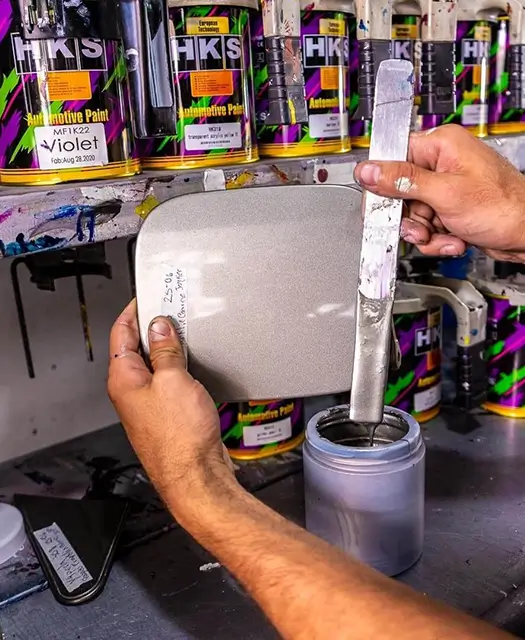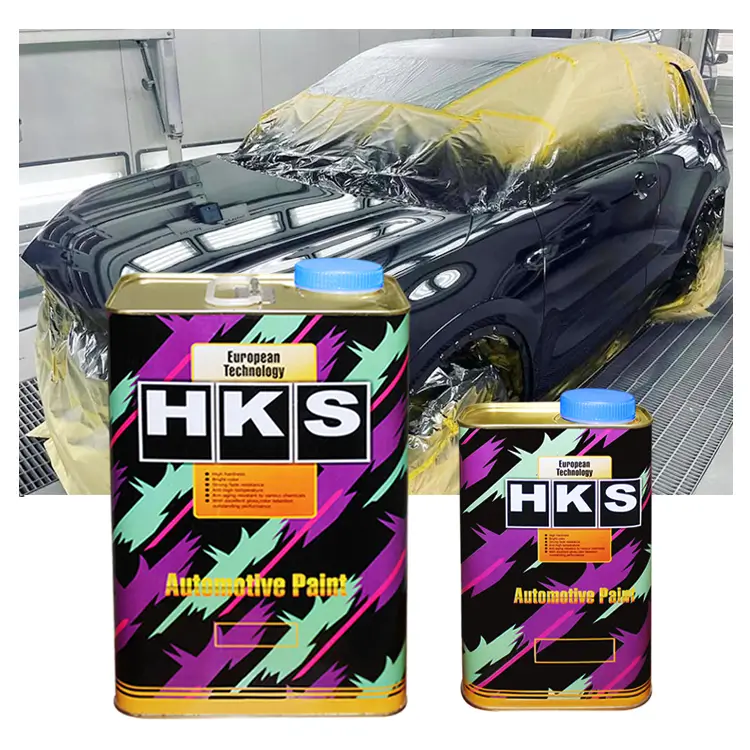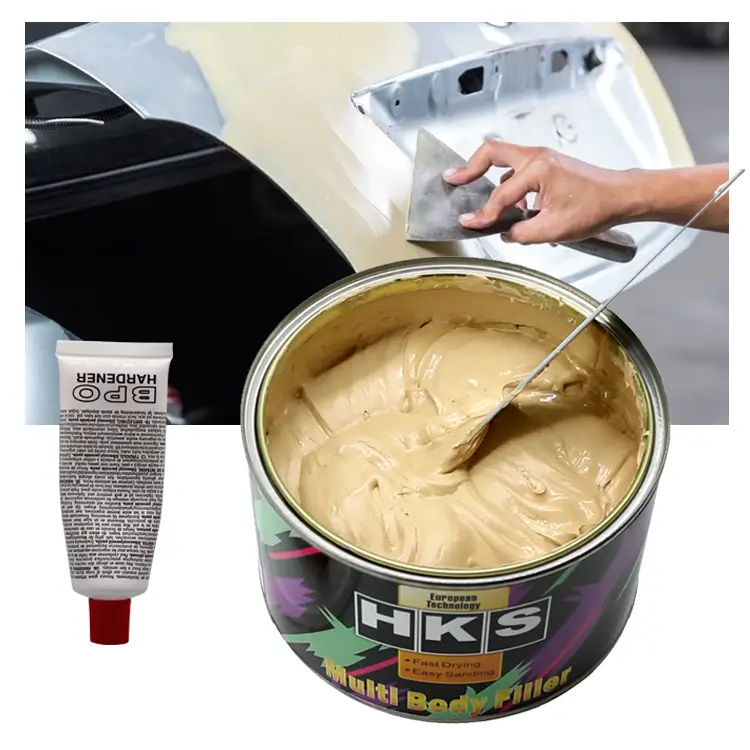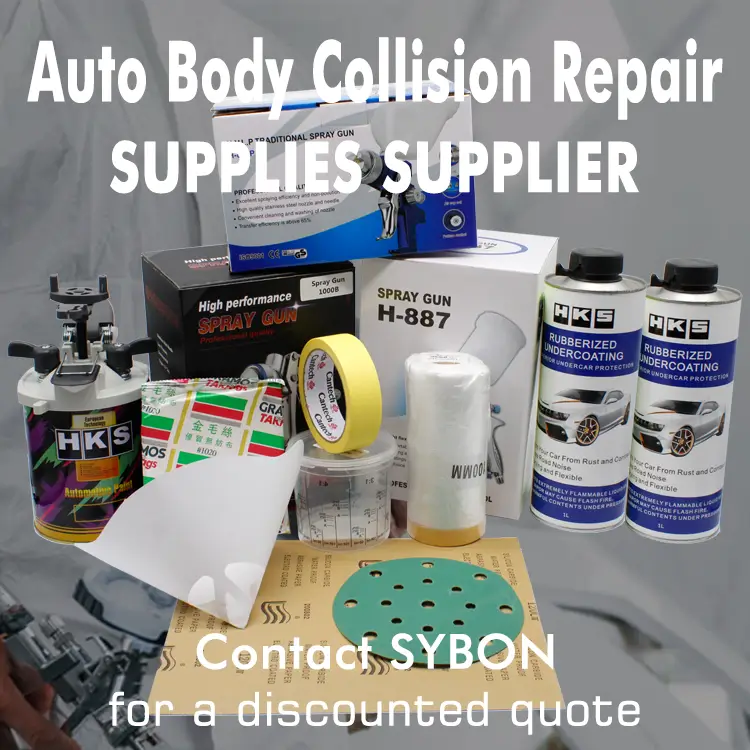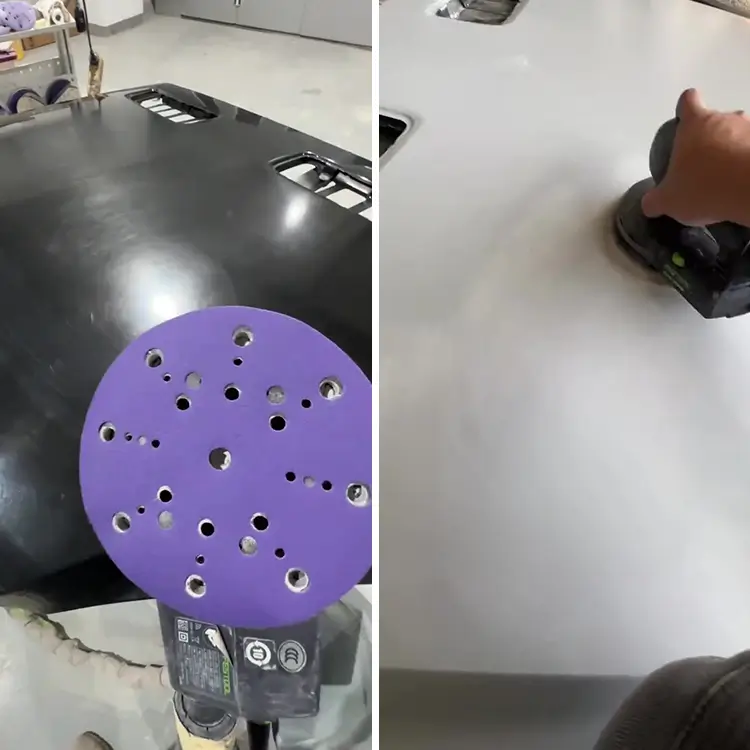Sandpaper Grit Introduction
When preparing a car for repainting, one of the most crucial steps is scuffing the surface to ensure proper adhesion of the new paint. The grit of sandpaper you choose plays a vital role in achieving a smooth and durable finish. Whether you are a professional automotive repair center, a paint shop owner, or an importer interested in distributing high-quality products, understanding the correct sandpaper grit for scuffing paint is essential for a flawless outcome.
In this article, we will discuss the different grit sandpapers you can use to scuff automotive paint before repainting, why it's essential to choose the right grit, and how this process affects the final result. Additionally, if you are an importer, distributor, or automotive business owner looking to enhance your business offerings, we invite you to request free samples and explore our high-quality automotive products.
Why Scuffing is Important for Repainting
Scuffing a painted surface is done to create a rough texture that allows the new layer of paint to adhere properly. This step ensures the paint doesn’t peel or chip over time and creates a smooth, uniform finish.
Key Benefits of Proper Scuffing:
1. Enhanced Adhesion: Scuffing breaks the glossy surface, enabling the primer or new paint to bond more securely.
2. Reduced Imperfections: A smooth, evenly scuffed surface helps in reducing the visibility of scratches and flaws after the paint application.
3. Long-lasting Finish: Proper scuffing helps ensure the longevity of the paint job, making it more resistant to wear and tear.
Choosing the Right Grit Sandpaper for Scuffing Paint
The selection of sandpaper grit depends on the condition of the existing paint, the type of repaint job, and the level of scuffing required. Below is a detailed guide on different grit sandpapers and when to use them.
1. 320 Grit: Fine Scuffing for Minor Jobs
If you’re doing a minor repaint or working with a surface that is already in good condition, 320-grit sandpaper is ideal. This fine grit is perfect for lightly scuffing the surface without causing deep scratches.
When to use: Use 320 grit when the existing paint is smooth and doesn’t have major imperfections or damage. This grit creates enough roughness to help the paint adhere without creating visible scratches under the new layer.
2. 400-600 Grit: The Go-To for Automotive Paint Preparation
For most automotive repainting projects, 400 to 600 grit sandpaper is commonly used. These grits offer the perfect balance between scuffing power and surface smoothness. It’s fine enough to avoid deep scratches but rough enough to promote excellent adhesion.
When to use: Ideal for scuffing clear coats or base coats before applying another layer of paint. This grit is commonly used in most repaint projects to ensure a clean and smooth surface for the new paint to adhere to.
3. 800 Grit: Extra-Fine for Clear Coat and Finishing Touches
800 grit sandpaper is used for extremely light scuffing, especially on top of clear coats or for final finishing touches. This extra-fine grit is perfect for polishing between paint layers without causing any roughness or visible damage.
When to use: Use 800 grit when you need to prepare a clear coat for a fresh layer or when you want to smooth out a top coat without sanding through the paint.
4. 1500-2000 Grit: Wet Sanding for a Polished Finish
For the smoothest and most polished finish, 1500 to 2000 grit sandpaper is ideal for wet sanding. Wet sanding helps to smooth out imperfections and prepare the surface for a final clear coat application.
When to use: Wet sanding is done before applying a final clear coat or after the paint has cured, to remove small imperfections and give the surface a mirror-like finish.
Step-by-Step Guide to Scuffing Automotive Paint
Now that you know which grit sandpaper to use, let’s go through the steps of scuffing the paint properly before repainting your car.
1. Clean the Surface Thoroughly
Before you begin sanding, clean the surface of the vehicle thoroughly. Use a wax and grease remover to eliminate any contaminants, dirt, or grime that could affect the sanding process.
2. Dry or Wet Sanding?
Decide whether you want to dry sand or wet sand the surface. Wet sanding helps to reduce dust and allows for a smoother finish, while dry sanding is quicker and easier for larger areas.
3. Choose the Right Grit Sandpaper
Based on the condition of the existing paint and the desired outcome, choose the appropriate grit sandpaper. As mentioned, 400 to 600 grit is ideal for most automotive paint scuffing needs.
4. Sand Evenly
Use consistent, circular motions when sanding the surface. Be sure to sand evenly across the entire area to avoid creating low spots or sanding through the paint.
5. Wipe the Surface After Sanding
After scuffing, use a microfiber cloth to wipe down the surface and remove any dust or debris. You can also use a tack cloth for a more thorough cleaning.
6. Prime if Necessary
If you’ve sanded down to bare metal or exposed any filler, apply a primer to create a solid base for the paint. Use a high-quality automotive primer for the best results.
7. Apply the New Paint
Once the surface is properly prepped and scuffed, you’re ready to apply the new paint. Follow the manufacturer’s recommendations for mixing and applying the paint for a flawless finish.
Boost Your Business with High-Quality Automotive Products
As an importer, wholesaler, or owner of an automotive repair center, offering high-quality sandpaper and automotive paints can significantly boost your business performance. At SYBON, we provide top-tier products designed for professional results. Our sandpapers, primers, base coats, and clear coats are trusted by professionals around the world.
If you’re looking to expand your product offerings or provide the best solutions for your customers, we invite you to request free samples of our products. Become a distributor today and discover how our range of automotive paints, fillers, and prep materials can enhance your business's profitability and reputation.
Request Free Samples and Distributor Inquiries
We are always looking to build partnerships with dedicated and forward-thinking business owners. Whether you are an importer, automotive paint store owner, or repair shop professional, our high-quality products can help you elevate your business offerings. We invite you to request free samples to test our products for yourself. For distributor inquiries and more information on how we can work together, please contact us through our website, and our team will get back to you within 24 hours.
Conclusion
Choosing the correct grit sandpaper is a vital step in ensuring a perfect repaint job. By understanding the different grits and their applications, you can achieve excellent adhesion and a smooth finish for your automotive paint project. Whether you are preparing for a minor touch-up or a full respray, proper surface preparation with the right sandpaper grit is key.
For those interested in expanding their product range and improving business performance, SYBON offers high-quality automotive products that deliver exceptional results. Contact us today for free samples and take the next step in enhancing your business with our professional-grade materials.
Source of this article:https://www.supersybon.com
Get to know us through more channels:

